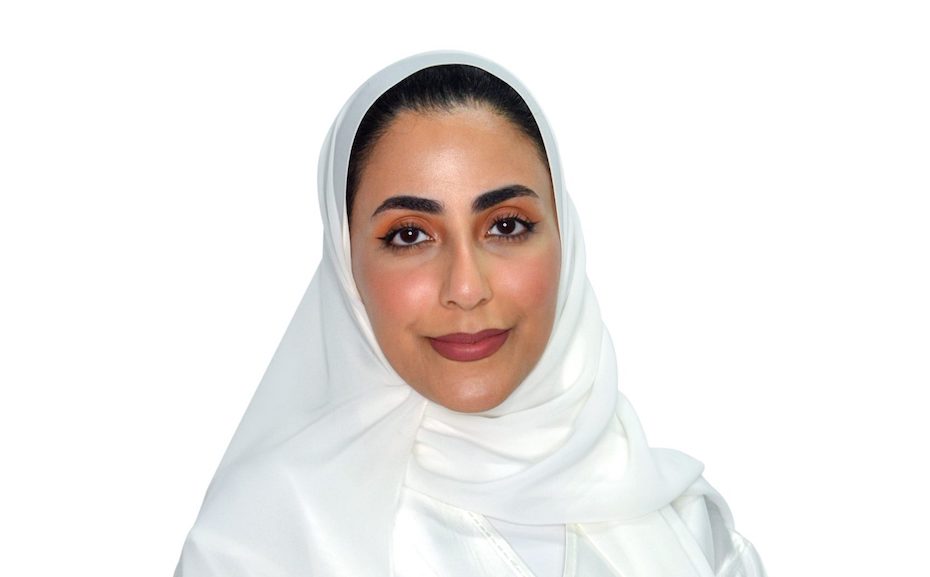Women can drive climate action in the region, here’s how
The Middle East is home to many women-led initiatives that have brought about positive climate action, ranging from renewable energy projects to sustainable agriculture practices

The climate crisis is a global challenge that requires urgent action from every corner of the world. The unique perspectives and untapped potential of women in the Middle East must not be overlooked as crucial in steering effective climate action.
By harnessing their power, we can unlock sustainable solutions that not only protect our planet but also create a more inclusive and equitable future for all.
Women in the Middle East have a deep-rooted connection to the environment. For generations, they have been the caretakers of the land, preserving ecosystems and protecting natural resources. Their historical and ongoing efforts to sustainably manage the environment are a testament to their commitment to their communities.
The Middle East is home to many women-led initiatives that have brought about positive environmental change, from renewable energy projects to sustainable agriculture practices.
For instance, Zeinab Mokalled, an 83-year-old Lebanese woman, established an Association for Waste Collection and Recycling in her village Arabsalim in South Lebanon.
Her initiative began in 1995 and has been focused on waste recycling and management.

Challenging inequality
The intersectionality of gender and climate change in the Middle East presents unique challenges for women. Despite their crucial role, women in the region remain underrepresented in decision-making and leadership positions in climate-related fields.
Further, deep-seated gender inequalities exacerbate the impacts of climate change, leaving women disproportionately vulnerable to its consequences.
Schools can be severely damaged and educational activities can be disrupted by natural disasters and extreme weather, resulting in missed classes and reduced educational opportunities for young women and girls. Indeed, on an annual basis, these occurrences cause disruptions to the academic experiences of around 37.5 million students.
Furthermore, over two hundred million adolescent females residing in poverty are particularly vulnerable to the detrimental effects of these severe weather phenomena.
Despite these challenges, women have demonstrated remarkable resilience in the face of adversity. They have become climate change warriors, organising community efforts to adapt to changing environments and implementing innovative solutions that safeguard their communities.
Empowering women as leaders in climate action
Investing in women’s leadership and participation in climate action can have significant benefits.
A study by the Global Commission on the Economy and Climate found that gender-diverse teams in the renewable energy sector were more innovative and had better financial performance. Empowering women through resources, training, and opportunities can create a ripple effect that reverberates throughout society.
Another study found a strong positive relationship between the percentage of seats occupied by women in national parliaments and the stringency of climate change policies.
However, we must address the specific barriers and hurdles that hinder full participation in shaping sustainable solutions.
Challenging these barriers and promoting inclusivity at every level can help create safe spaces where women’s voices are heard and respected, and their ideas are given the attention they deserve.
According to a report by the UN Framework Convention on Climate Change, women hold only 25 per cent of senior management positions in the energy sector. Encouraging educational opportunities that empower young women to become scientists, engineers, and climate activists can also help promote sustainability.
Mentorship and support networks are crucial in providing guidance, amplifying the impact of women’s actions, and promoting gender equality in climate discourse and decision-making processes.
To truly unleash the power of women in Middle East-led climate action, we must promote their voices on the global stage. International climate forums and policy-making discussions must prioritise the representation of these often marginalised voices. Doing so can shape sustainable, culturally appropriate climate solutions that resonate with the realities of the region.
Amplifying women’s perspectives and knowledge from the Middle East can be transformative in ensuring that climate actions are inclusive, effective, and truly represent the needs of all.
Read: Empowering the circular economy
The writer is the general manager at Rebound.




